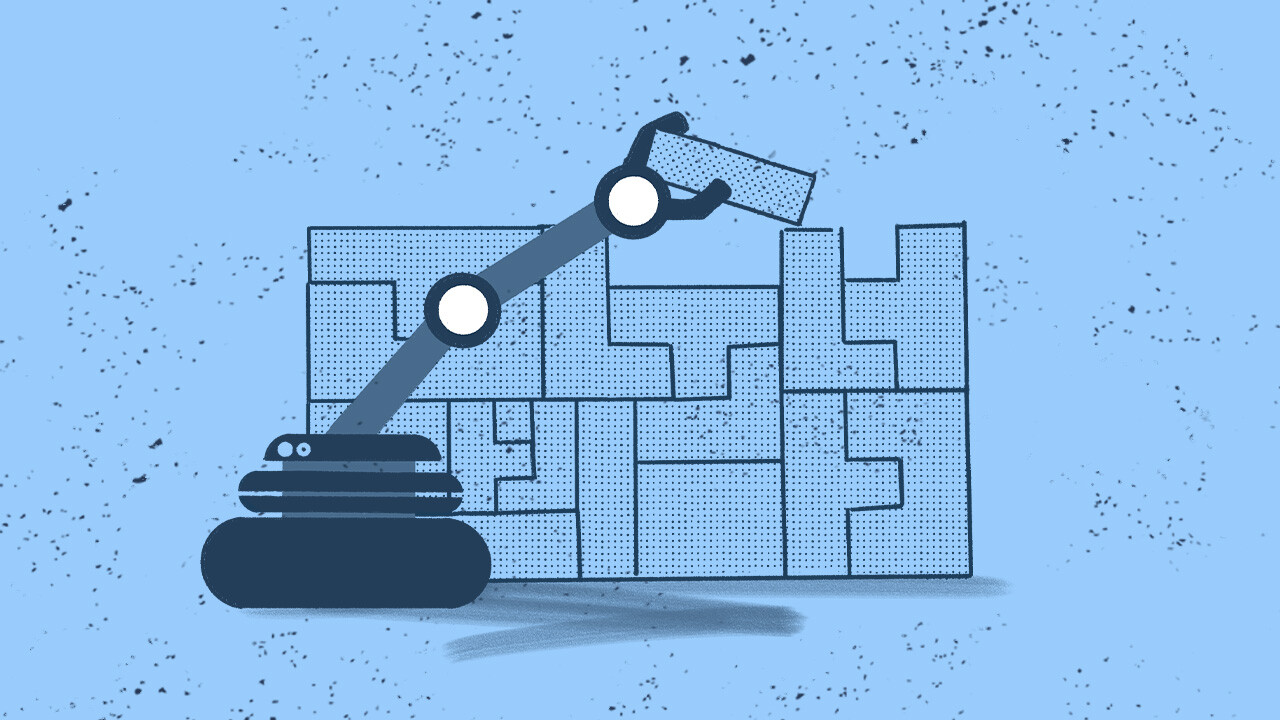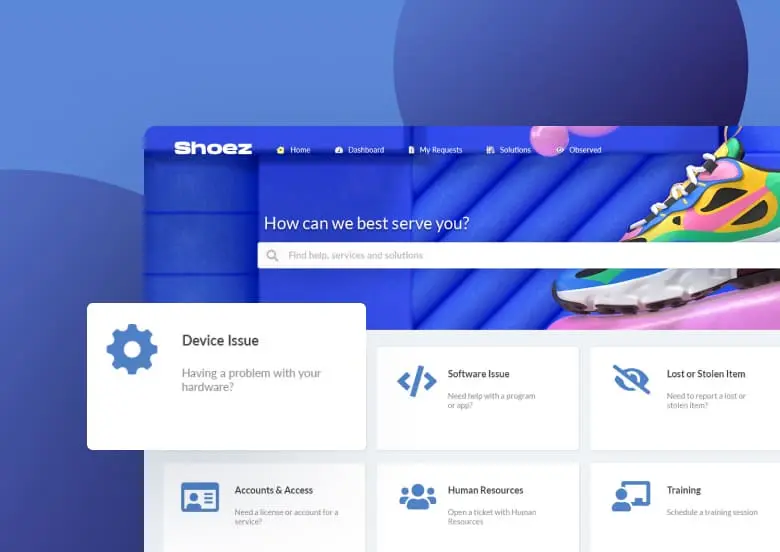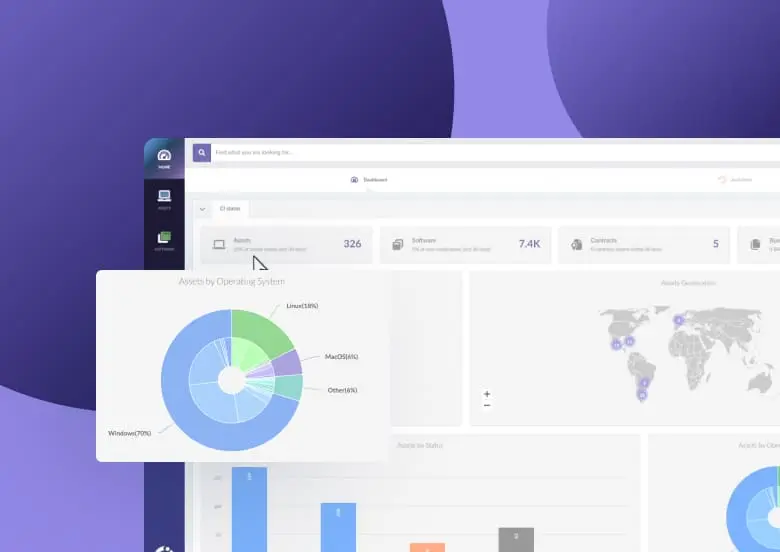Change is a constant part of business, but managing it effectively requires careful planning and the right approach. In this article, we'll explore the various types of Change Management and how they can help organizations adapt smoothly to new processes, technologies, and shifts in structure.
Understanding these different types can provide clarity and direction, whether you're dealing with a major organizational overhaul or smaller process tweaks.
What is Change Management?
Change Management is the structured approach to transitioning individuals, teams, or entire organizations from their current state to a desired future state. It’s not just about implementing new processes or technology, but ensuring that the people affected by the change understand, accept, and are ready to work within this new environment.
Whether the change is planned or reactive, successful Change Management helps minimize disruption, reduces resistance, and ensures that the organization can continue to function effectively during the transition.

Types of Change Management
Change Management generally revolves around three main components: the people, the processes, and the tools involved in the change. It aims to minimize resistance, improve engagement, and ensure a smooth transition.
Understanding the different types of Change Management can help you choose the right approach based on the context of the change. Here are six of the most common:
1. Organizational Change Management
Organizational Change Management focuses on large-scale changes that impact the entire organization.
For example, if a company acquires a competitor and needs to integrate different cultures, processes, and systems. Organizational Change Management ensures that leadership sets clear expectations and that employees are given the necessary tools and support to adapt.
This type of Change Management requires many coordinated actions, such as developing a vision for the change, communicating it clearly to all stakeholders, and ensuring that there is buy-in from all levels of the organization. The aim is to align people, processes, and strategies so that the organization can transition smoothly.
Typical activities for organizational Change Management include:
- Stakeholder analysis: Identify all affected parties and address their concerns and needs.
- Vision development: Creating a clear, shared understanding of the purpose and benefits of the change.
- Leadership alignment: Keep leadership teams aligned on the goals and strategy behind the change.
- Change readiness assessments: Gauging the organization’s capacity and willingness to adapt to the proposed change.

2. Technological Change Management
Technological Change Management centers on updating or replacing business processes to improve efficiency or effectiveness. For instance, when managing the introduction of a new software platform. Let's say an organization implements a new customer relationship management (CRM) system; the team can follow Change Management best practices, train employees on the new tools, retire old processes, and minimize potential disruptions.
This type of change might affect smaller groups within the organization, but it still requires careful planning to ensure employees know how to work within the new system.
Effective Change Management when it comes to introducing new tech involves understanding the current state of operations, designing the new process, and ensuring that employees are trained and ready to adopt it. Plus, the implementation must be thoroughly planned to avoid disrupting business operations.
Typical activities for technological Change Management include:
- Process mapping: Documenting current workflows and identifying inefficiencies or areas for improvement.
- Gap analysis: Comparing the current process with the desired future state to understand what needs to change.
- Pilot testing: Running trials of new processes to identify potential issues before full implementation.
- Ongoing support: Providing continuous training and support as employees adjust to the new procedures.

3. Developmental Change Management
Developmental Change Management is proactive and growth-oriented. It aims to enhance existing skills, processes, and capabilities within an organization. This type of Change Management is adaptive and ensures that teams can consistently adjust to new methods or tools without falling behind.
It requires building a culture that embraces regular adaptation and learning. Developmental Change Management includes setting up feedback loops, where employees can contribute insights about what’s working and what needs improvement, as well as systems that make it easier to adjust to smaller changes without major disruptions.
Typical activities for continuous Change Management include:
- Agile practices: Implementing agile methodologies to manage ongoing changes, particularly in software development or IT environments.
- Feedback mechanisms: Regularly collecting feedback from employees and stakeholders to understand the impact of changes.
- Continuous improvement programs: Establishing programs that encourage incremental changes, such as Kaizen or Lean Six Sigma.
- Cross-functional collaboration: Encouraging collaboration across departments to ensure everyone stays aligned during ongoing adjustments.

4. Remedial and Emergency Change Management
Emergency Change Management and Remedial Change Management often intersect, addressing urgent and significant issues within an organization.
Emergency Change Management kicks in during sudden, unexpected events that require immediate action, such as a data breach or critical system failure. The focus here is on rapid response to mitigate the immediate threat, emphasizing predefined protocols, clear communication, and quick decision-making. Essential activities include risk identification, predefined response plans, training, and simulations to prepare for potential emergencies.
In contrast, Remedial Change Management deals with addressing specific problems or inefficiencies that may have caused or contributed to the crisis. This approach is reactive, aiming to correct underlying issues such as performance declines or compliance failures. Key activities involve analyzing problems, implementing targeted solutions, monitoring outcomes, and documenting changes to prevent future occurrences.
Typical activities include:
- Risk identification: Continuously assessing potential emergency scenarios, such as security breaches or system failures.
- Predefined response plans: Establishing action plans for different emergency scenarios, including who makes decisions and how to roll them out.
- Training and simulations: Conducting regular training and practice drills to ensure staff are prepared to act quickly and correctly in emergencies.
- Clear communication protocols: Setting up communication channels and procedures that ensure fast, accurate information flow during a crisis.

5. People-centric Change Management
People-centric Change Management focuses on the human side of change, ensuring that employees' emotional and psychological needs are met during transitions.
For instance, during a shift to remote work, employees might struggle with the adjustment, and this approach would prioritize their well-being by offering support, clear communication, and training.
Particularly, people-centric Change Management must address employees' concerns about the change, provide the necessary tools to succeed remotely and ensure that the transition feels manageable and positive.
Additionally, it's crucial to communicate the benefits of the change clearly, which brings us to the concept of WIIFM, What Is In It For Me. Understanding that people are naturally resistant to change, WIIFM is used to highlight how the change will positively impact them personally or professionally. This focus helps make the transition feel more manageable and positive.
Typical activities for people-centric Change Management include:
- Employee engagement strategies: Involving employees in the planning and implementation stages to build trust and buy-in.
- Change champions: Identifying and empowering employees to lead by example, advocating for change within their teams.
- Emotional support: Offering counseling, workshops, or other resources to help employees manage the stress or uncertainty that can come with change.
- Training programs: Providing hands-on training to ensure employees have the skills needed to thrive in the new environment.

6. Transformational Change Management
Transformational Change Management addresses profound shifts in an organization’s vision, strategy, or culture. This type of Change Management is often driven by external factors like market shifts, increased competition, or regulatory updates. It involves a significant rethinking of the organization’s mission, values, and business model.
Transformational Change Management requires a long-term, visionary approach. It typically involves extensive changes to leadership structures, organizational culture, and employee mindsets to align with a new strategic direction. For instance, a company adapting to a digital-first approach may undergo a transformational change that reshapes its operations and culture to embrace new technologies and business practices.
Typical activities include:
- Strategic visioning: Developing a clear and compelling vision for the future that guides the change process.
- Leadership realignment: Redefining leadership roles and responsibilities to support the new strategic direction.
- Cultural shifts: Implementing initiatives to reshape organizational culture and align it with the new vision.
- Employee engagement: Ensuring that employees understand and are committed to the new direction through continuous communication and involvement in the change process.

Change Management frameworks
Many organizations rely on established frameworks to manage change effectively. These Change Management frameworks guide leaders and teams through complex changes with step-by-step methods to reduce risk, enhance communication, and align people with the change.
Some of the most widely used frameworks include:
- ADKAR (Awareness, Desire, Knowledge, Ability, Reinforcement): This framework focuses on the human aspect of change by addressing individual needs and helping them transition.
- Kotter’s 8-Step Process: A step-by-step model that emphasizes creating a sense of urgency, building a guiding coalition, and sustaining momentum.
- Lewin’s Change Management Model: A simple three-phase model (Unfreeze, Change, Refreeze) that helps organizations move from one stable state to another.
These frameworks help ensure that changes are well-organized, trackable, and focused on both technical and human factors.

The importance of communication
Communication is critical for ensuring that everyone in the organization understands the change, why it’s happening, and how it will affect them. A well-executed communication strategy helps reduce confusion, build trust, and get employee buy-in.
Effective communication should:
- Clarify objectives: Explain what the change aims to accomplish and how it will benefit the organization.
- Address concerns: Provide space for employees to ask questions and share feedback.
- Maintain transparency: Share regular updates about the progress of the change.
- Use multiple channels: Combine face-to-face meetings, emails, and internal platforms to reach all employees.

Training and development for successful change
One of the biggest challenges in Change Management is equipping employees with the skills they need to thrive in the new environment. Offering comprehensive training programs helps employees build confidence and adapt more easily to the changes.
A successful training plan should:
- Assess skill gaps: Identify areas where employees may need additional support or training.
- Provide hands-on learning: Offer practical, task-based training to help employees apply new knowledge immediately.
- Use varied formats: Incorporate online courses, in-person workshops, and self-paced resources to accommodate different learning styles.
- Offer ongoing support: Provide access to materials or coaching even after the change is implemented.
Who is responsible for Change Management?
Change Management is a collaborative effort, but certain individuals and roles have direct responsibility for ensuring the process runs smoothly. The Change Manager is often the key player, overseeing the entire transition. They coordinate with leaders, communicate with stakeholders, and manage the change strategy.
Key responsibilities of a Change Manager include:
- Developing change strategies: Creating plans that align with organizational goals.
- Engaging stakeholders: Working closely with executives, managers, and employees to ensure everyone is informed and involved.
- Monitoring progress: Tracking the success of the change initiative and making adjustments when necessary.
- Providing support: Offering guidance and resources to employees affected by the change.
The Change Advisory Board (CAB) is another component in the Change Management process. The CAB is a group of stakeholders, including senior management, IT representatives, and other relevant personnel, who review and approve proposed changes.
They provide valuable insights into the impact of changes, assess risks, and ensure that changes align with organizational goals. The CAB helps in making informed decisions and prioritizing changes based on their significance and potential impact.
Other important roles include change agents (individuals within departments who champion the change) and executive sponsors, who provide leadership support and ensure the change aligns with broader business goals.
Conclusion
Change Management is an essential practice for any organization that wants to grow, innovate, or respond effectively to challenges. Understanding the different types of Change Management and their unique focuses can help businesses choose the right approach for various scenarios.
Communication remains a cornerstone of any Change Management strategy. Without it, uncertainty can spread, leading to resistance and confusion. A clear communication plan that addresses employee concerns outlines the goals of the change, and provides regular updates is essential for keeping everyone aligned.
Training and development are also key factors in ensuring employees can adapt to new processes, technologies, or roles. Comprehensive training programs that assess skill gaps, offer hands-on learning, and provide ongoing support are critical for minimizing disruptions during transitions.
Finally, measuring the success of change initiatives is necessary to understand whether the intended outcomes are met. Regular assessments through feedback, performance data, and goal tracking allow for course corrections and help ensure the change delivers its desired benefits.
















